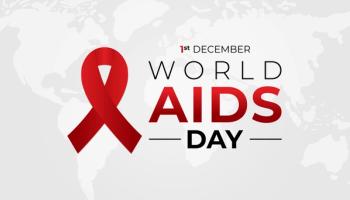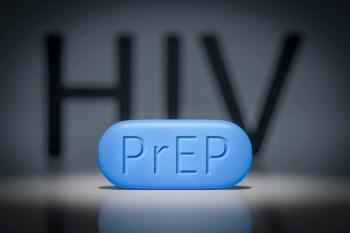
The Perfect PrEP: Long Acting, No Side Effects, No Out-of-Pocket Expense and Nearby
Uptake of pre-exposure prophylaxis (PrEP) has been slow. A survey shows that safety and side effects are the top concerns.
In late 2021, the
Why? Because it would replace daily pills. At the end of 2020, approximately 25% of those for whom PrEP is recommended were using it, according to data from the Centers for Disease Control and Prevention. That’s alarming considering the good PrEP does. The U.S. Department of Health and Human Services has launched a program, called Ending the HIV Epidemic in the U.S., which aims to increase overall PrEP uptake to 50% by 2030.
First authors
The survey collected data from May 2020 through October 2021 and sampled opinions from 688 gay, bisexual and other men who have sex with men. The sample included people who had previously used PrEP and those who hadn’t.
When considering whether to take PrEP or not, the results revealed that the participants regarded potential side effects (such as nausea, vomiting and other gastrointestinal problem) as most important in their decision. In fact, the majority chose an option to pay $200 (the highest of the choices provided) if there were no side effects compared with paying nothing and having the long-term side effects associated with PrEP use.
The next two most important factors for the study participants were out-of-pocket PrEP costs, and travel time for follow-up medical visits. The results also showed that long-acting injection was preferred over other ways of taking PrEP. The mode of administration was the least important issue among those surveyed.
Based on the findings, the researchers concluded the most desirable scenario for PrEP uptake would be delivery by injection every few months, no side-effects, no out-of-pocket per month, and 30 minute or less of travel time.
While long-acting injectable PrEP was the preferred mode of administration, mode of administration did not emerge as a strong driver of preferences for PrEP, wrote
Dean and Predmore. “Instead, side-effects and monetary cost were the two most important attributes predicting PrEP preferences.”
“I hope our results will encourage non-ACA (Affordable Care Act) insurers to keep PrEP at zero cost to those who need it,” says Dean. “Ideally, injectable PrEP needs to be fast, free, and have minimal side effects, and our results suggest that could really be said about all PrEP products.”
Newsletter
Get the latest industry news, event updates, and more from Managed healthcare Executive.


















































